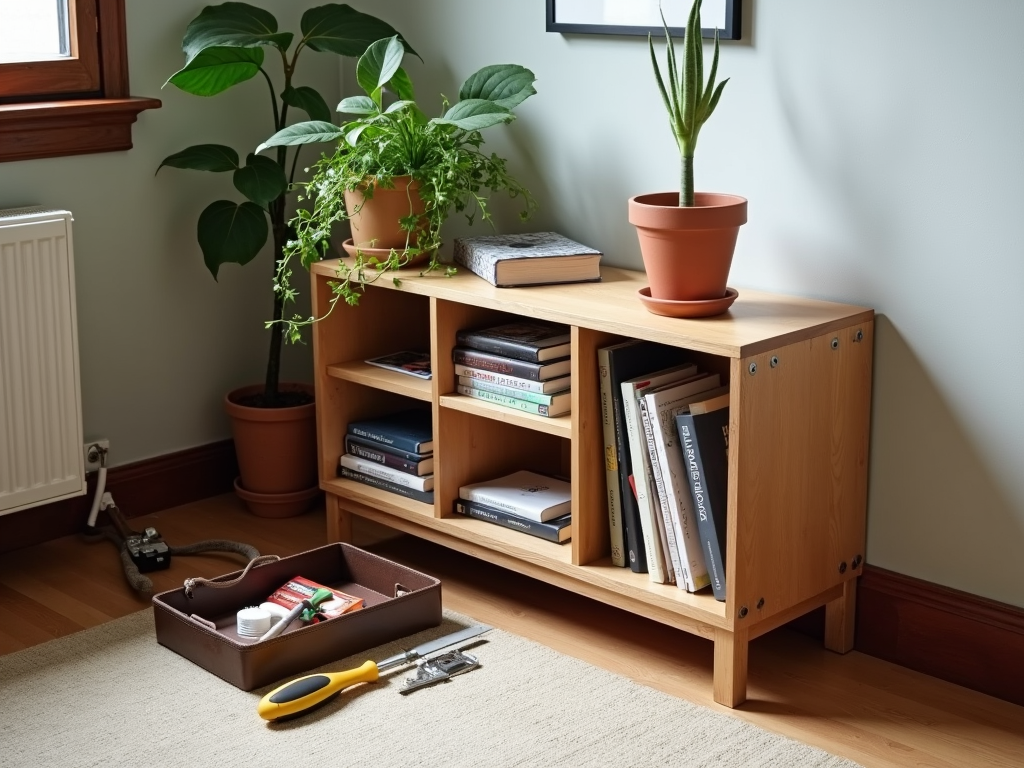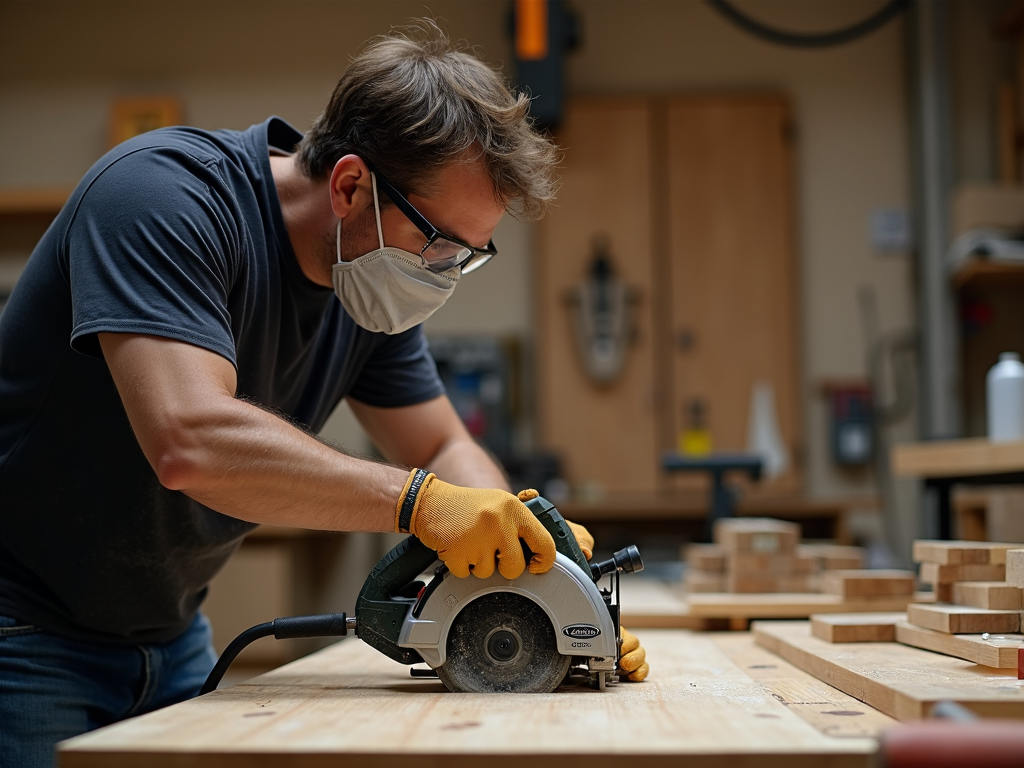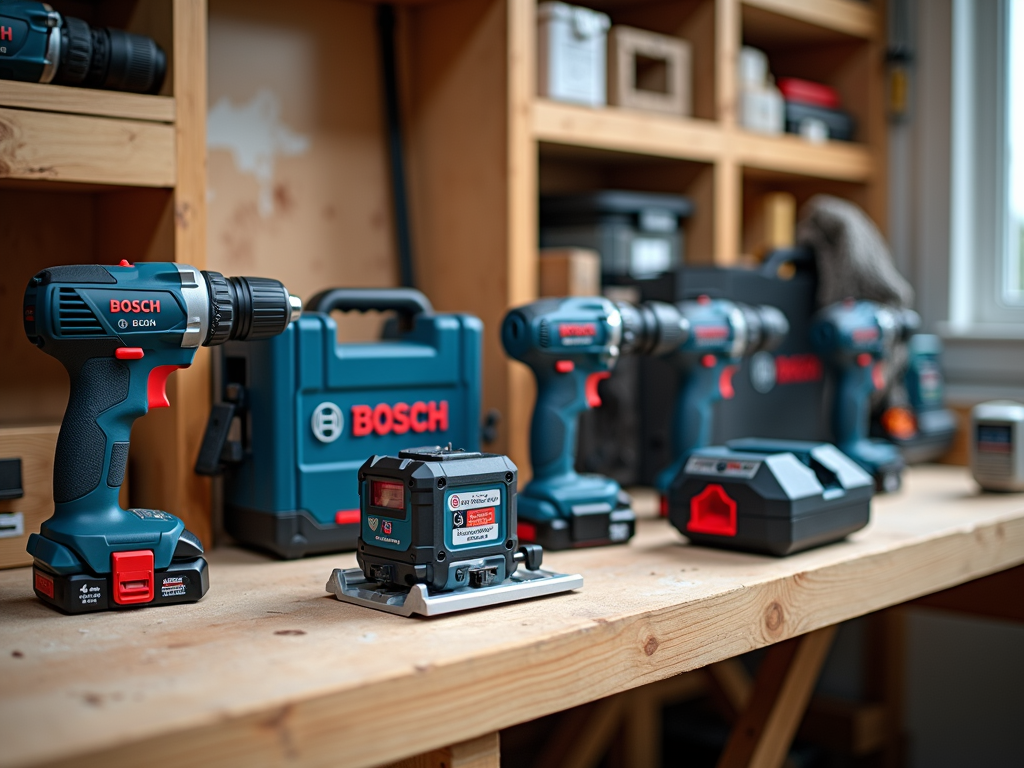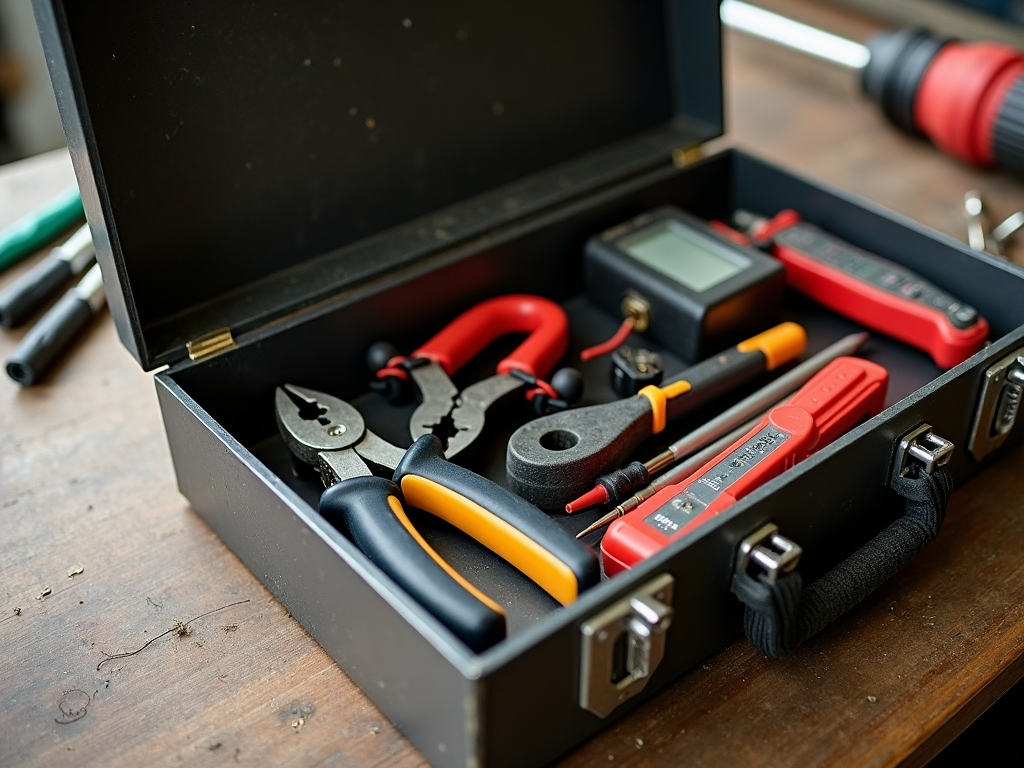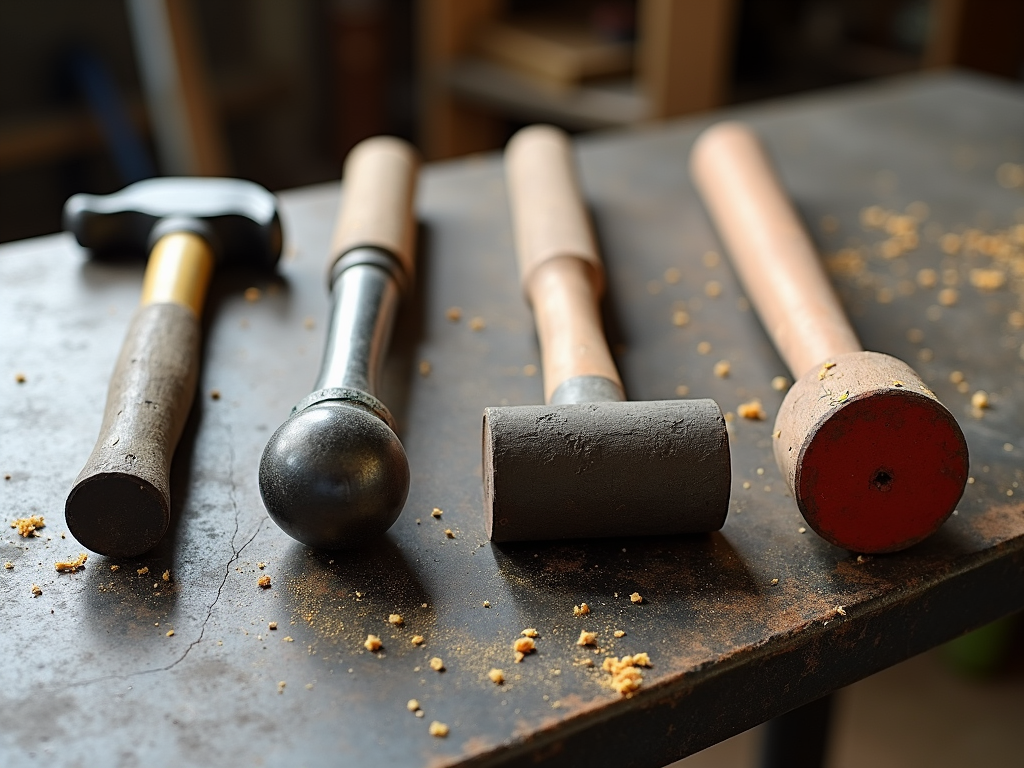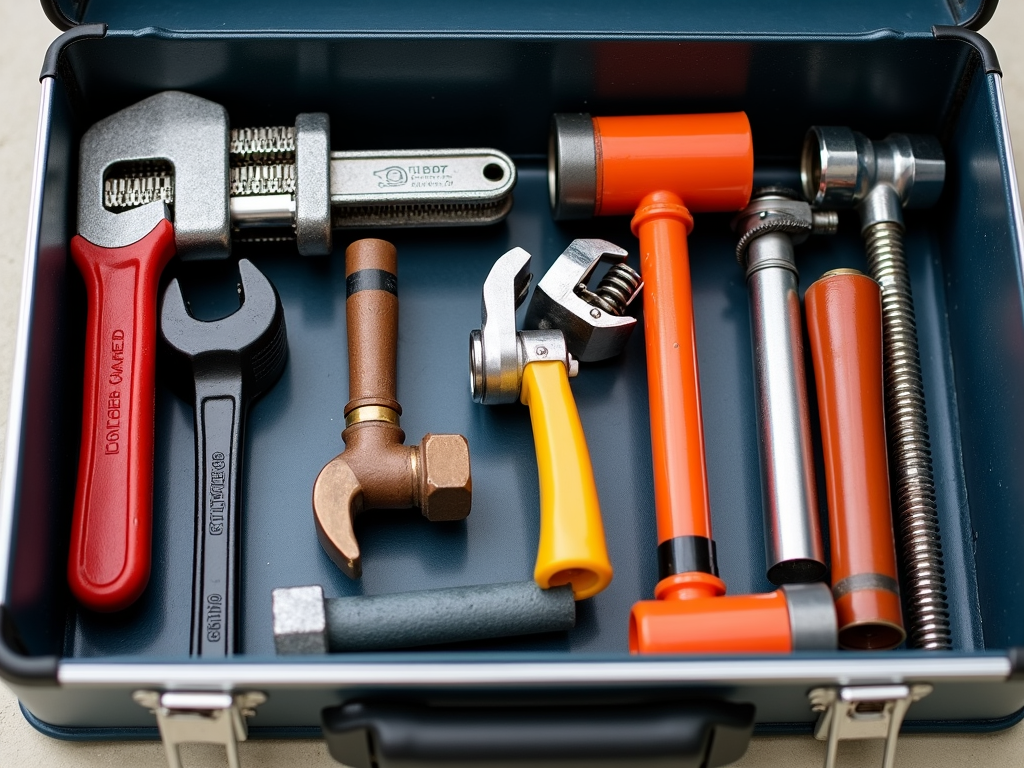Keeping your toolbox and tools in good condition is essential for any DIY enthusiast or professional workman. This Toolbox Maintenance: A DIY Guide will walk you through simple, effective steps to ensure your tools stay ready for any project.
Why Toolbox Maintenance Matters
Have you ever grabbed a tool and found it covered in rust? It’s a real pain. Proper toolbox maintenance stops that frustration before it starts. When you care for your tools, they last longer, work better, and make every job smoother. A well-kept toolbox even shows you’re serious about your craft.
Your tools are an investment. Whether you’re fixing a leaky faucet or building a bookshelf, they’re what get the job done. Good maintenance saves you cash by cutting down on replacements. Plus, it keeps your work top-notch.
A clean, organized toolbox also speeds things up. No more digging around for a missing screwdriver. Everything’s right there, ready to go. These workman tool maintenance tips are small steps with big rewards.
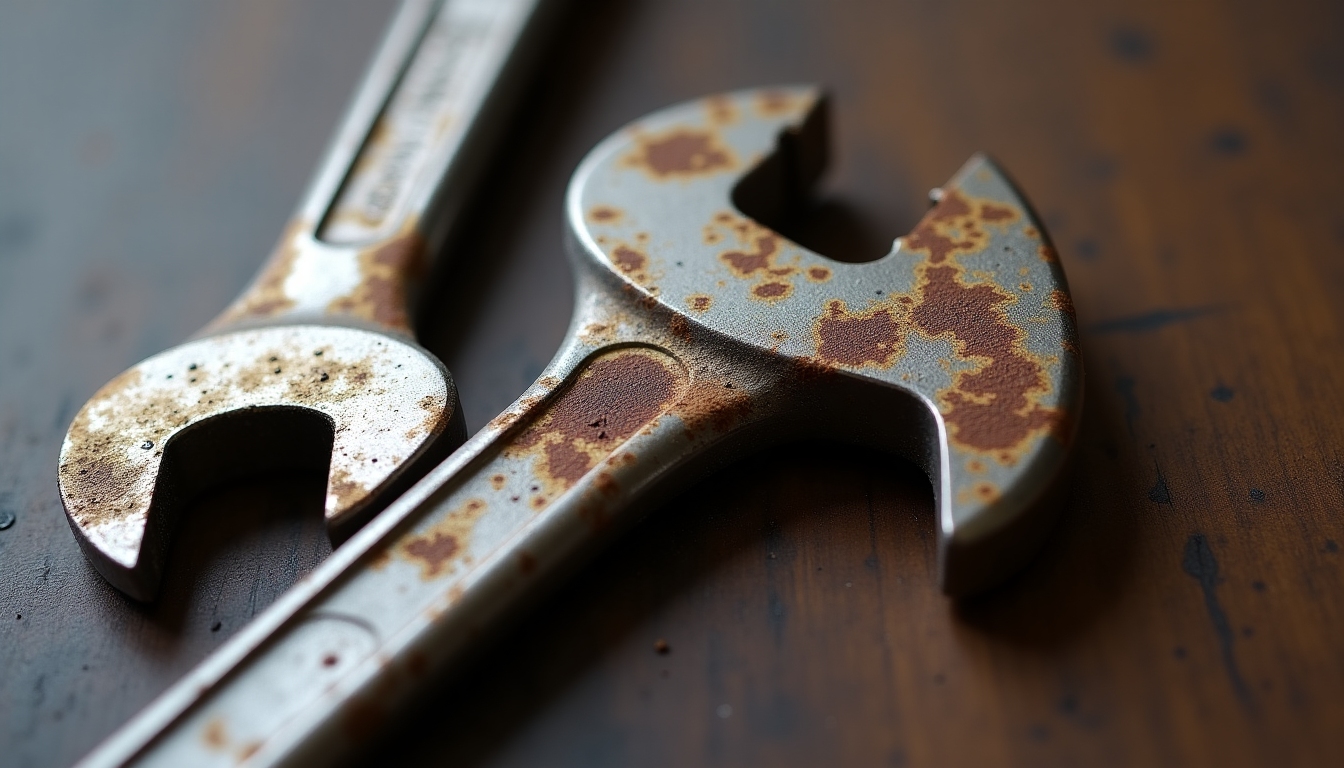
Choosing the Right Toolbox
Before you maintain your tools, you need the right home for them. Toolboxes come in all shapes and sizes, and picking one sets the stage for good care.
- Portable Toolboxes: Small, light, and easy to carry. Perfect for quick jobs or small tool sets.
- Tool Chests: Bigger and sturdier. Great for a workshop or garage with lots of tools.
- Tool Bags: Soft, flexible, and good for odd-shaped workman tools. Easy to stash anywhere.
What should you look for? Size matters—big enough for your tools, but not a burden to move. Durable materials like metal or tough plastic hold up over time. Compartments keep things tidy. A solid toolbox is the first step to keeping your gear in shape.
Table: Comparing Toolbox Types
| Type | Pros | Cons | Best For |
|---|---|---|---|
| Portable Toolbox | Lightweight, portable | Limited space | Small sets, mobile use |
| Tool Chest | Lots of storage | Heavy, stationary | Workshops, garages |
| Tool Bag | Flexible, versatile | Less protection | Mixed tools, tight spaces |

Organizing Your Tools
A messy toolbox wastes time. I learned this the hard way—early in my DIY days, I’d spend more time hunting for tools than using them. Now, I keep things sorted, and it’s a game-changer.
Start by grouping tools by type: screwdrivers in one spot, wrenches in another. Put your go-to tools where you can grab them fast. If your toolbox lacks dividers, use small containers or foam inserts. Labels help too—mark each spot so nothing gets lost.
A tidy toolbox doesn’t just save time. It protects your tools from banging into each other. Get this right, and every project starts smoother.

Cleaning Your Tools
Cleaning isn’t glamorous, but it’s a must. Dirty tools rust, jam, or just plain fail. After every job, take a minute to wipe them down—it’s worth it.
For hand tools like hammers or pliers, a soft cloth gets rid of dirt and grease. Tough spots? A little soap and water does the trick. Power tools need extra care—unplug them, then brush off dust. Check the manual for specifics. Measuring tools like rulers or levels? A quick wipe keeps them accurate.
Trust me, skipping this step is a mistake. Clean tools stay sharp and ready, saving you headaches later.
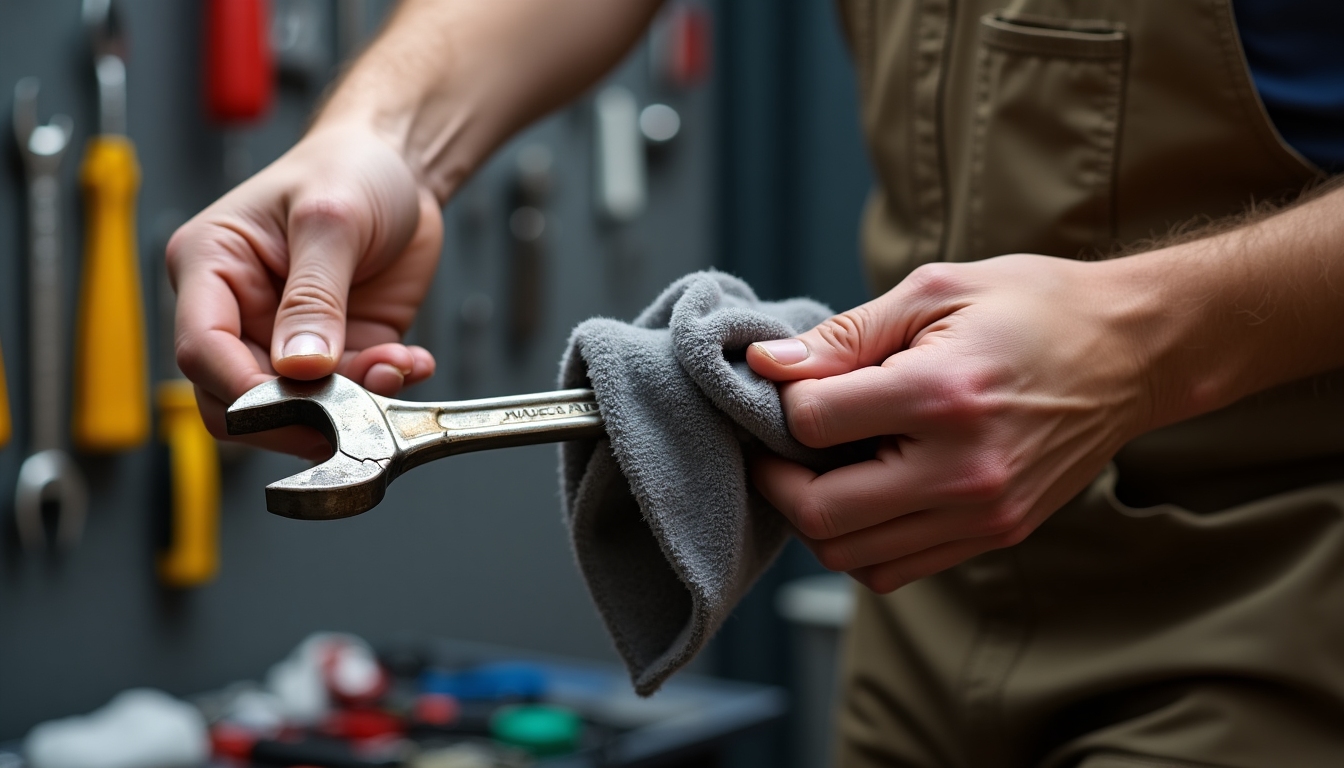
Maintaining Your Tools
Cleaning’s just the start—maintenance keeps tools working like new. Here’s how to handle the basics:
- Sharpen Blades: Dull chisels or knives? Sharpen them with a stone or file. It’s safer and cuts better.
- Lubricate Parts: Hinges or joints sticking? A drop of oil keeps them moving smoothly.
- Replace Worn Bits: Swap out dull drill bits or cracked handles. Don’t push a dying tool too far.
I once ignored a dull saw blade—took twice as long to cut, and the edge was a mess. Lesson learned: a little upkeep goes a long way.
List: Quick Maintenance Tasks
- Screwdrivers: Check tips for wear, replace if rounded.
- Wrenches: Wipe clean, watch for rust.
- Pliers: Oil the pivot for easy squeezing.
- Hammers: Inspect handles for splits, tighten heads.
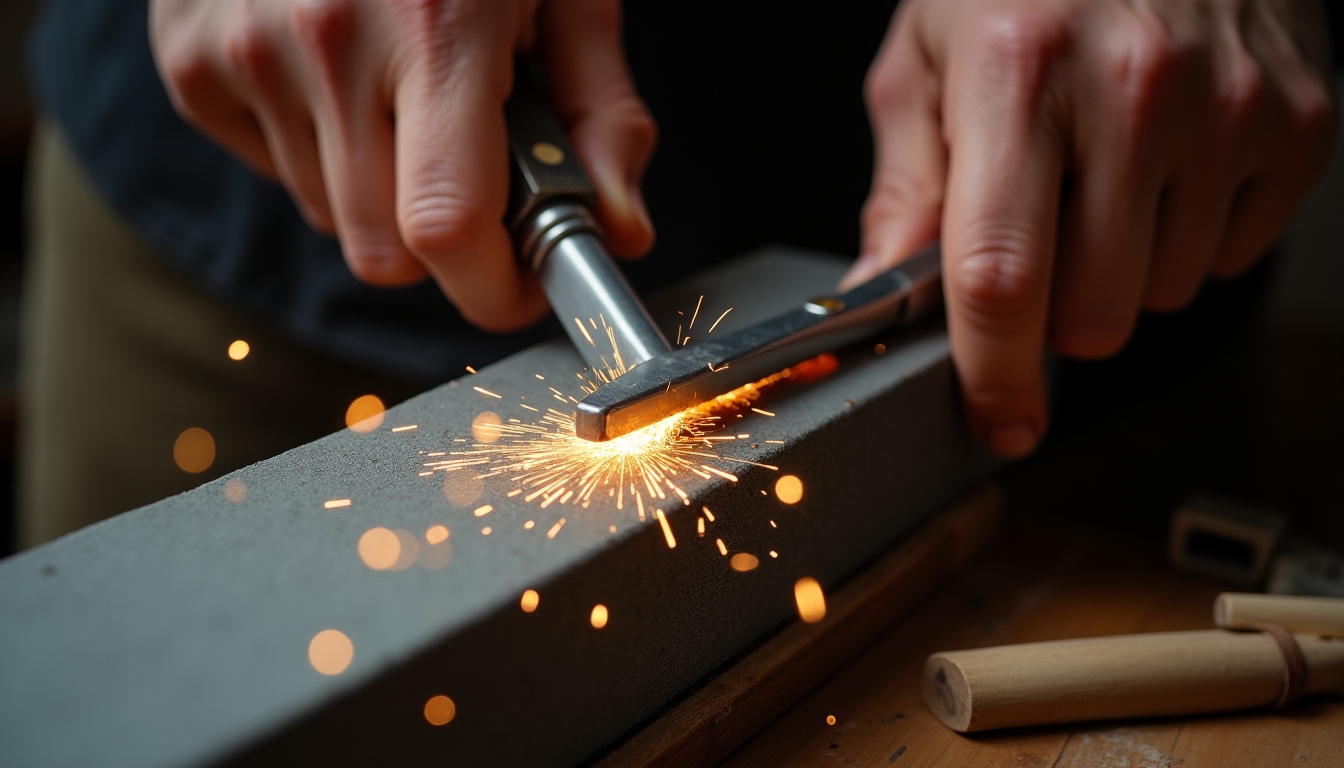
Storing Your Toolbox
Where you keep your toolbox matters as much as how you maintain it. Moisture is the enemy—rust can creep in fast. Store it somewhere dry, like a shelf in your garage or a closet indoors.
Heat and cold can hurt too. Don’t leave your toolbox in an attic or near a furnace. If your tools are pricey, lock the box or tuck it somewhere safe. I keep mine on a workbench shelf—dry, cool, and out of reach of curious kids.
Good storage keeps your tools safe from the elements and ready for action.
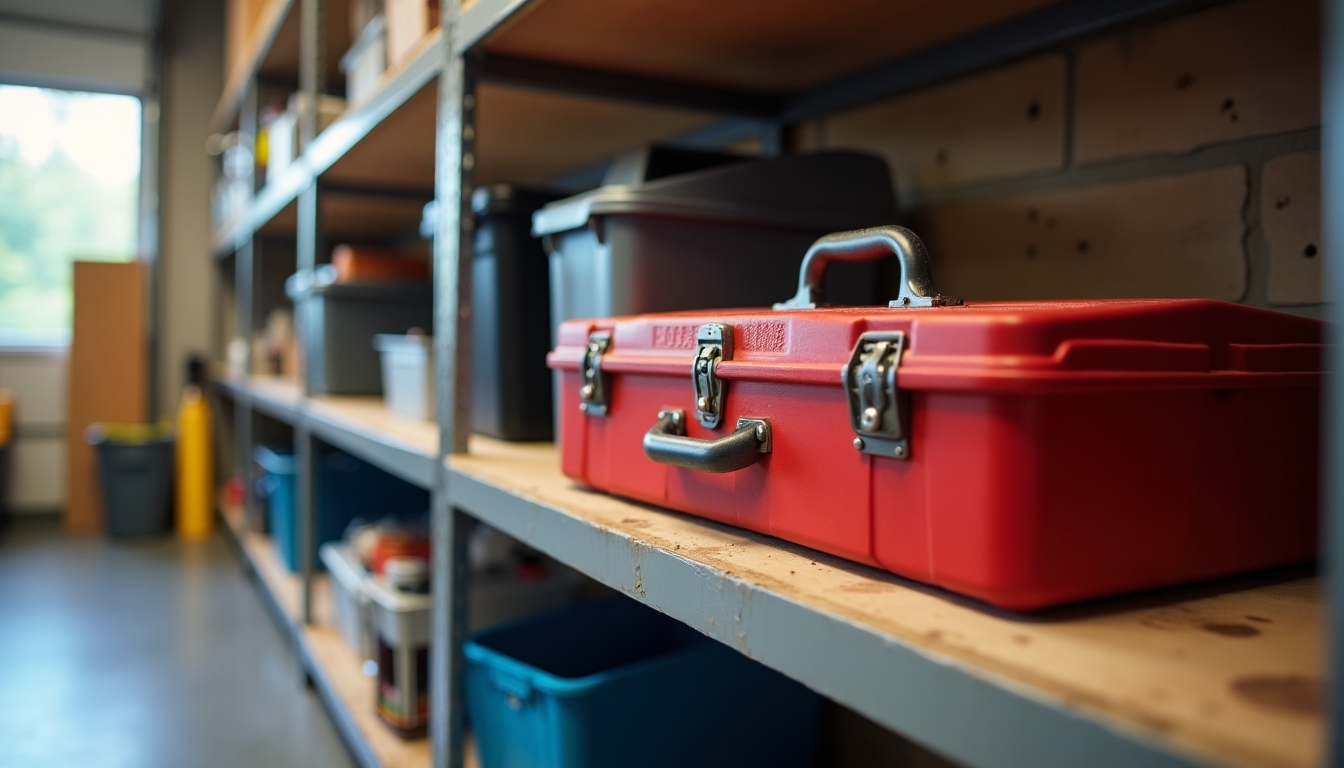
Summary
Maintaining your toolbox and workman tools isn’t hard, but it pays off. Pick a solid toolbox, keep it organized, clean your tools after use, maintain them regularly, and store them right. This Toolbox Maintenance: A DIY Guide gives you the know-how to make your tools last and your projects shine. A little effort now means better results every time you work.
Related Toolbox Maintenance: A DIY Guide:
- DIY Projects for Beginners: A Guide to Getting Started and Maintaining Your Tools
- Essential Safety Tips for Using Power Tools: A Comprehensive Guide
- Choosing the Right Wood: Essentials for Woodworkers
- How 3D Scanning is Transforming Construction Planning
- Precision with Bosch: Elevate Your Workshop
- The Benefits of Using Paint Sprayers: A Must-Have Tool for Every Painter
- Healthy Habits for Hard-Working Tradespeople: Staying Fit, Safe, and Comfortable on the Job
- Essential Workman Tools for Electrical Work: Your Ultimate Guide
- Guide to Essential Tools for Beginners
- Smart Ways to Train for Construction Safety
- Essential Workman Tools for Plumbing Projects
- Top 10 Must-Have Tools for Every Workman
